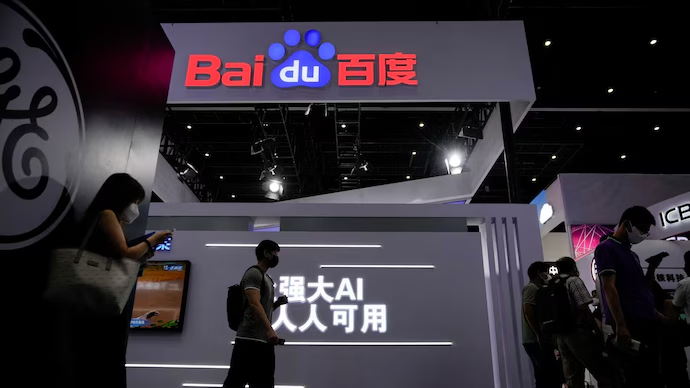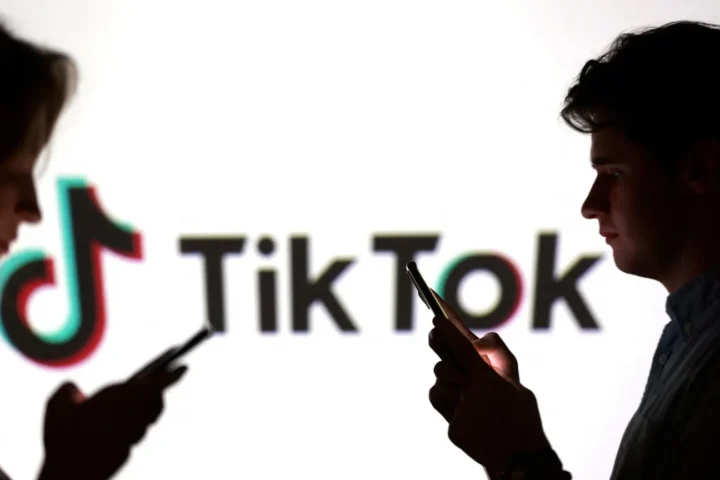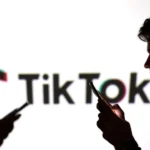Baidu has made a bold move: its flagship AI model family, ERNIE 4.5, is now fully open‑source under the Apache 2.0 license. Starting June 30, 2025, developers worldwide can access the model weights, source code, and full development toolkit—free, unrestricted, and ready for customization. Baidu Open‑Sources ERNIE 4.5: A Game‑Changer in Generative AI
What’s Included
A family of 10 models, ranging from 0.3 billion to 424 billion parameters.
Mixture‑of‑Experts (MoE) architecture featuring active expert sizes of 3B and 47B with total parameters up to 424B.
Built to handle both text and vision, enabling language generation, understanding, and multimodal reasoning with high efficiency.
Why This Matter

Strategic Shift for Baidu
The company reversed its prior strategy of keeping ERNIE proprietary in favor of open‑source, aligning with Chinese peers like DeepSeek and Alibaba. This shift supports faster adoption and developer-driven innovation rather than closed API monetization.
Cost and Performance Edge
Baidu claims ERNIE 4.5 outperforms or matches GPT‑4.5 benchmarks at roughly 1% of the cost. Its partner model, ERNIE X1, offers reasoning capabilities comparable to DeepSeek’s R1 at half the cost. This aggressive price-performance trade-off challenges paid models.
Fostering a Developer Ecosystem
By releasing weights and development tools like ERNIEKit and FastDeploy, Baidu is encouraging startups, researchers, and enterprises to experiment, fine-tune, and deploy the models at scale—with full transparency.
Global Ripple Effect
The move signals a broader trend toward an open‑access AI paradigm, pressuring Western labs to justify closed pricing models. It may also recalibrate expectations on performance vs. accessibility across the industry
Technical Highlights
Heterogeneous MoE Design
The architecture separates modality-specific pathways while sharing common routes, allowing text and vision tasks to coexist without performance degradation.
Efficient Training and Inference
Built on the PaddlePaddle framework, ERNIE achieves high resource utilization (~47% MFU), supports low-bit quantization, and uses hybrid parallelism to optimize memory and compute across platforms.
Fine‑Tuning and Deployment Tools
Tools like ERNIEKit enable fine-tuning with methods like LoRA and preference optimization. FastDeploy provides efficient deployment pipelines compatible with multiple hardware architectures—all part of the open-source release.
Use Cases & Access Paths
Developers can download models from Baidu’s GitHub, Hugging Face, or AI Studio. Small models suit mobile or lightweight tasks; larger MoE models enable enterprise-grade multimodal applications. With full toolkit support, custom training and deployment are accessible even outside Baidu’s ecosystem.
Broader Industry Context
This release underscores China’s strategy of favoring wide deployment over model-grade supremacy. While U.S. labs invest heavily in closed infrastructure and premium APIs, Baidu and competitors are embedding open-source models across products, platforms, and consumer tools. This may determine scalability more than raw performance.
Chinese AI policy encourages open source as a path to global developer outreach, which Baidu is now embracing—positioning itself as both a research leader and a platform facilitator.
Limitations & Caveats
ERNIE 4.5 beats most domestic open-source models and rivals GPT‑4.5 in several benchmarks, but it doesn’t yet dominate global leaders like DeepSeek’s newer releases or OpenAI’s latest frontier models.
Deployment and support experience can vary—while toolkits are provided, enterprise users may miss dedicated backing found with commercial offerings.
Geopolitical scrutiny remains: U.S. regulators are closely monitoring Chinese AI open-source activity, citing concerns about data security and dual-use potential.
Bottom Line
What: ERNIE 4.5—a 10‑model multimodal family (0.3B to 424B parameters) with MoE architecture.
When: Open‑source release began June 30, 2025, under Apache 2.0.
Why: Baidu adopted open access to accelerate ecosystem growth, slash developer costs, and pressure closed-platform AI providers.
Impact: Enables global developers to fine-tune, deploy, and integrate top-tier AI models without license barriers. Forces pricing and openness competition across AI industry.
Baidu’s release of ERNIE 4.5 isn’t just another model drop—it’s a structural shift that could reorder access to high-capability AI. Let me know if you’d like help choosing a specific model variant, tuning workflows, or comparing deployments.








